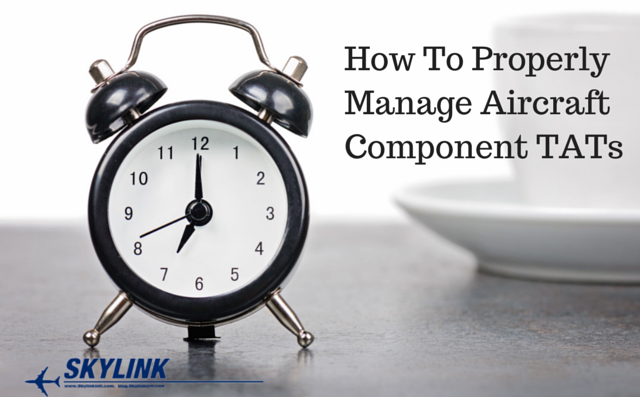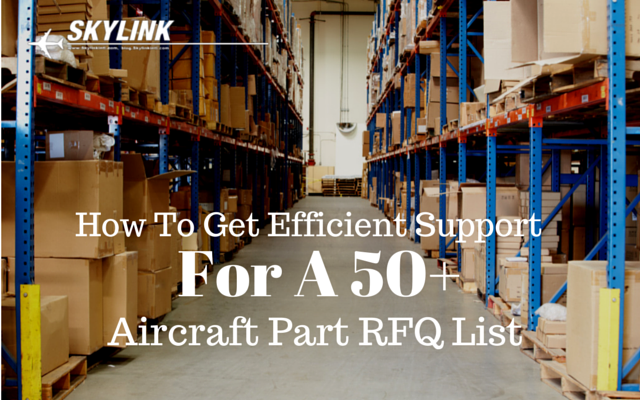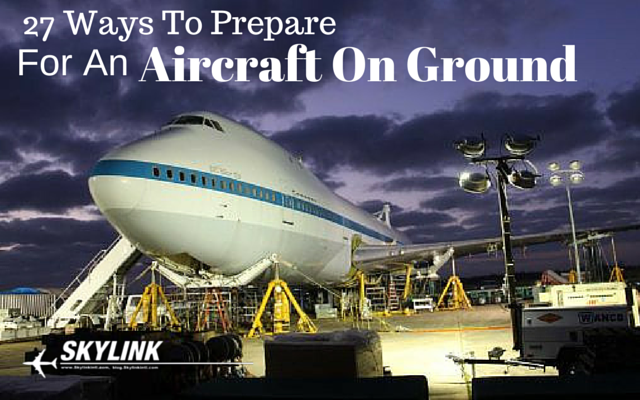There is nothing more frustrating than your aircraft component being delayed. It’s a pull your hair out moment.

Your TAT(turnaround time) is 21 days but 30 days later you still have nothing. You’re more stressed than ever and your blood boils with every passing day.
Supply chain delays are a common stressor. Both time and money are on the line. How do you eradicate this problem? Or can you at all?
It's very difficult to eliminate completely, but with a few steps we can reduce common TAT issues.
Now there is no magic fairy dust and to fix this it takes effort from all supply chain partners.
Follow-up schedule
You're probably thinking, duh, I know I have to follow-up, but this step often gets overlooked.
When an order is placed whether it be a PO or RO, you'll inevitably have to follow up in some form or fashion. Think of this as effective communication, staying engaged and friendly.
Go a step further and create a follow-up schedule leading up to your predetermined ship date. This will help alleviate stress and unnecessary thinking.
On time delivery alerts and reporting
With every order you place you must track your on time deliveries.
This will give you a well needed overview of your supply chain health. Are orders being delayed because of supplier lead times or is there something else holding up delivery? This could be your freight forwarder, customs, or various other things.
Tracking your on time deliveries will help you pinpoint issue areas.
You should also have a visual report so it’s easier to see and manage. Your ERP system may have this within it’s platform, or you can just export it to excel.
Dedicated support for 24/7 updates
Babysitting supply chain partners is a common theme. You can avoid this by having dedicated support.
If you work with a company who has various sales people managing your account or you’re working with someone who's unresponsive, your service will suffer.
When you have dedicated account managers you can be sure you'll have a partner that will help you work through any issues you may be having.
Contingencies
It is not your responsibility to have contingencies. You have plenty more things to worry about.
Your supply chain partner should have contingencies in place if any issues arise. Ask them, if something happens, do you have backups in place so I receive what I want, when I want it?
Sometimes scarcity plays a role, but at least you'll know that there's no contingencies in place and you can prepare on your end as well. Being prepared is a much needed asset.
Choose the right supply chain partner
The next and most overlooked step is choosing the right supply chain partner. If price is your only concern then you're going to lack in service.
When service suffers and more issues arise, you spend more money over time. Focus your attention on overall value being created. When you work with supply chain partners who create "wow" experiences you'll be much happier and see your TAT issues decline.
As you can see, reducing your TAT is about having a simple follow up plan backed by issue reporting and supported by a trustworthy supply chain partner.
Do you have TAT issues? Do you need to make your supply chain more efficient? We can help. Fill out the form below and we'll start making you a TAT rockstar.















